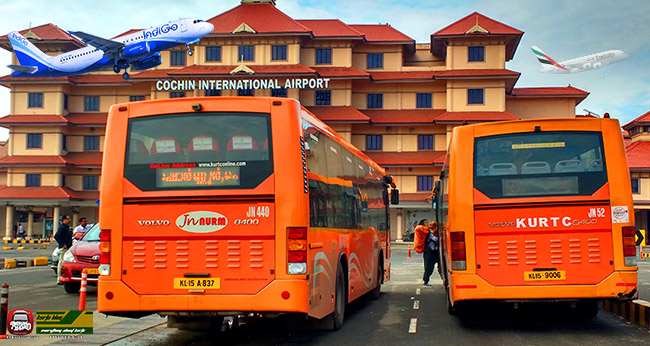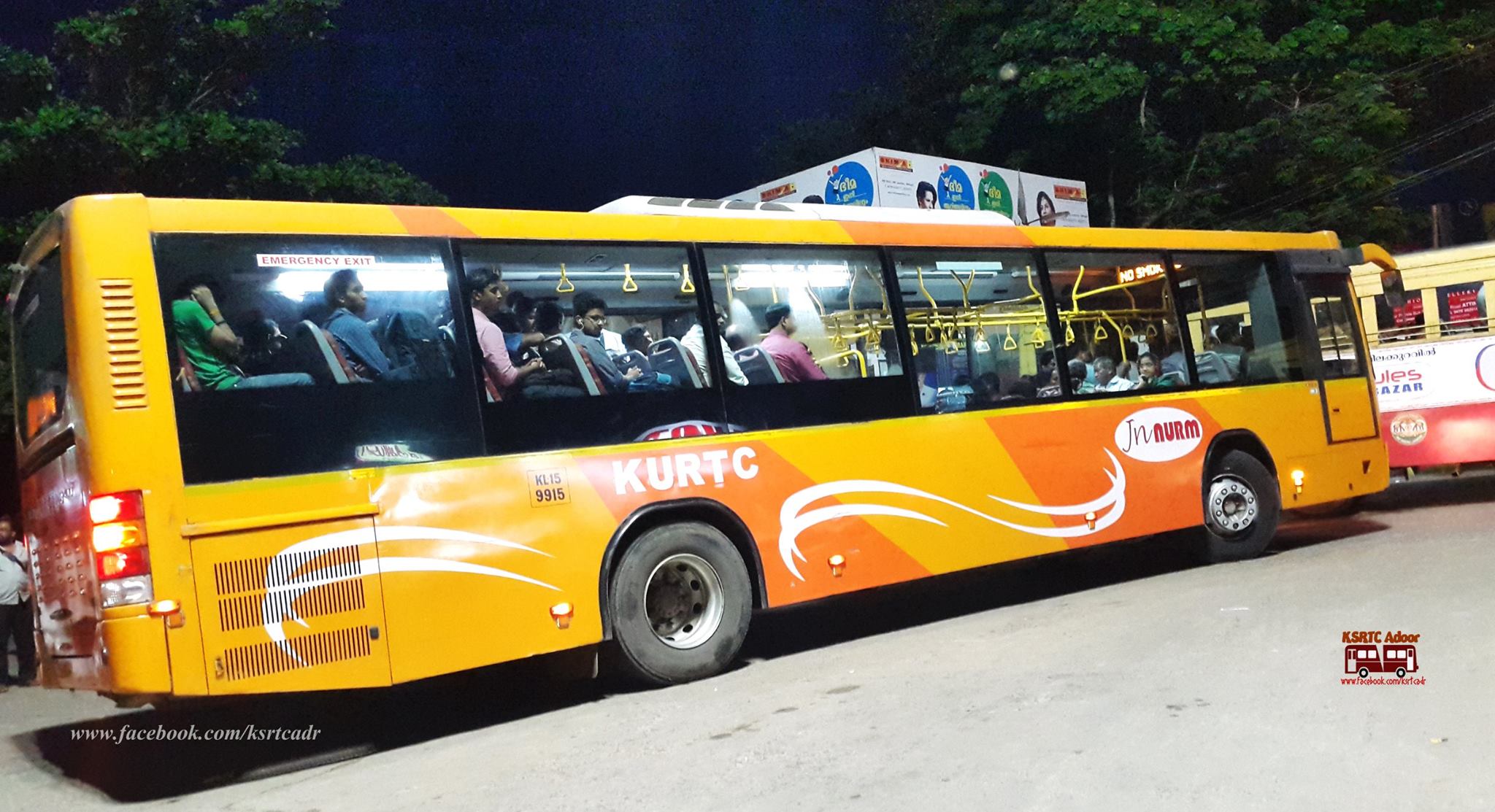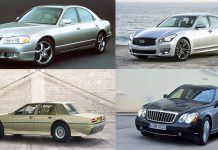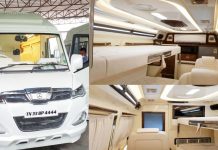In automotive design, an RR, or Rear–engine, Rear-wheel-drive layout places both the engine and drive wheels at the rear of the vehicle. In contrast to the RMR layout, the center of mass of the engine is between the rear axle and the rear bumper.
What are the advantages of rear engine buses over front engine buses?

1. Easy entry for passengers
As you can see from the image that front engine bus occupies a major portion of cabin in the centre part whereas the rear engine bus has no such block . This makes it easy for passengers to in and out without any blockage .
2. Space
Multi axle Mercedes buses have 11000 cc engine and with turbo charger , radiator and other components this is a huge assembly and therefore even though such engine can be fitted in the front , it is difficult and will occupy a major chunk of space which will make the entry into bus difficult as the huge assembly will protrude in the middle .
3. Weight Saving and reduction in power loss
Almost all buses are rear wheel drive so that there is traction for the vehicle in the loaded condition . So , if the engine is in the front , you would have to introduce a drive shaft or transmission shaft connecting the engine in the front and the wheels at the back . The introduction of transmission shaft , it’s bearings , supporting members , etc increase weight and also the power loss occurring during the transfer of power . Engine at rear solves all these problems and minimum loss with no transmission shaft is achieved which is again better for the bus .

4. Low CG = Better Stability
Engine at the back avoids the need for transmission shaft and it’s other components ,this makes it possible for a complete flat floor for most of the bus length expect for a few feet at the rear where the engine is mounted . This means , that the passengers , the engine are all lower to the ground and hence , the overall centre of gravity of the vehicle is reduced . This means that the stability of vehicle is increased and also chances for toppling during turns are reduced significantly . It’s the same logic as applied in Sports and Formula 1 cars which have extremely low CG. The low platform also adds to convenience of passengers to get in and out of the bus .
5. Reduction in noise
The front engine almost protrudes into cabin partially and therefore noise levels are difficult to restrict . When the engine is mounted below in the back , as the engine is completely isolated from the cabin , this serves as a natural sound barrier . Also since there is more space , the cabin can be insulated from special sound absorbing materials surrounding the engine bay which will reduce the cabin noise .
6. Driver visibility
The absence of engine in the front makes it possible for the lowering of the wind-shield or the front glass as the engine does not interfere in the middle . This adds to driver comfort as visibility is improved especially in traffic conditions where objects close to the vehicle need to be watched more carefully .



















